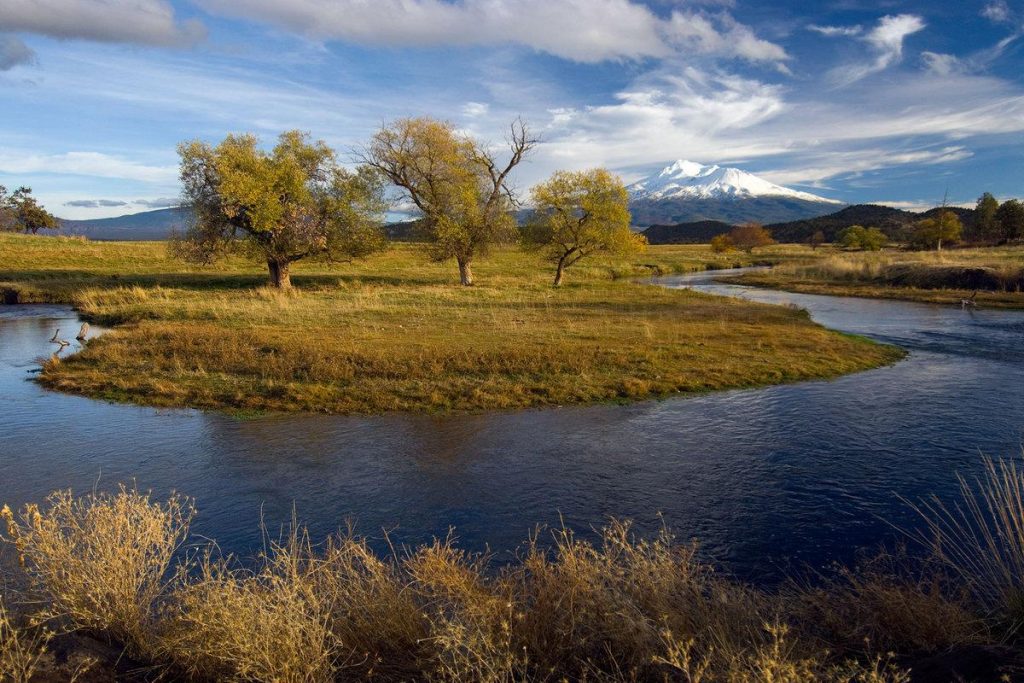Group Effort Supports Coho Salmon Restoration In Northern California

Good story from NOAA’s West Coast Fisheries division on a collaborative effort to help restore coho salmon in the Shasta River watershed. Here’s a sneak peek:
The voluntary agreement signed in early 2021, culminates an eight-year journey between conservation-minded landowners and the California Department of Fish and Wildlife. Other key partners included California Trout, The Nature Conservancy, and NOAA Fisheries. Through years of education and cooperation, the partners developed a mutual understanding of opportunities for landowners to support recovery of fish protected under the Endangered Species Act and landowners’ needs to maintain viable operations.
“We could not have accomplished this without the trust, commitment, and care of all the partners,” said Jim Simondet, Klamath Branch Chief in NOAA Fisheries’ West Coast Region. “This is truly a partnership and agreement built for the long term benefits of fish and ranchers.”
The agreement seeks to improve conditions for coho salmon on more than 30,000 acres of the Shasta River watershed, an important tributary of the Klamath River. Private property owners agree to improve habitat to help recover Southern Oregon/Northern California Coast coho salmon listed under the Endangered Species Act. In exchange, they receive regulatory assurances removing the risk of additional regulation and penalty under the Endangered Species Act. These assurances remain as long as they maintain and improve important coho salmon habitat on their lands.
The Shasta River Valley contains some of the most valuable and rare aquatic habitats for coho salmon in the region. The Shasta River’s ice-cold springs have historically supported vibrant salmon populations, but alterations over the past 180 years have resulted in population declines. The Safe Harbor Agreement provides for a working landscape that also conserves habitat for coho recovery.



